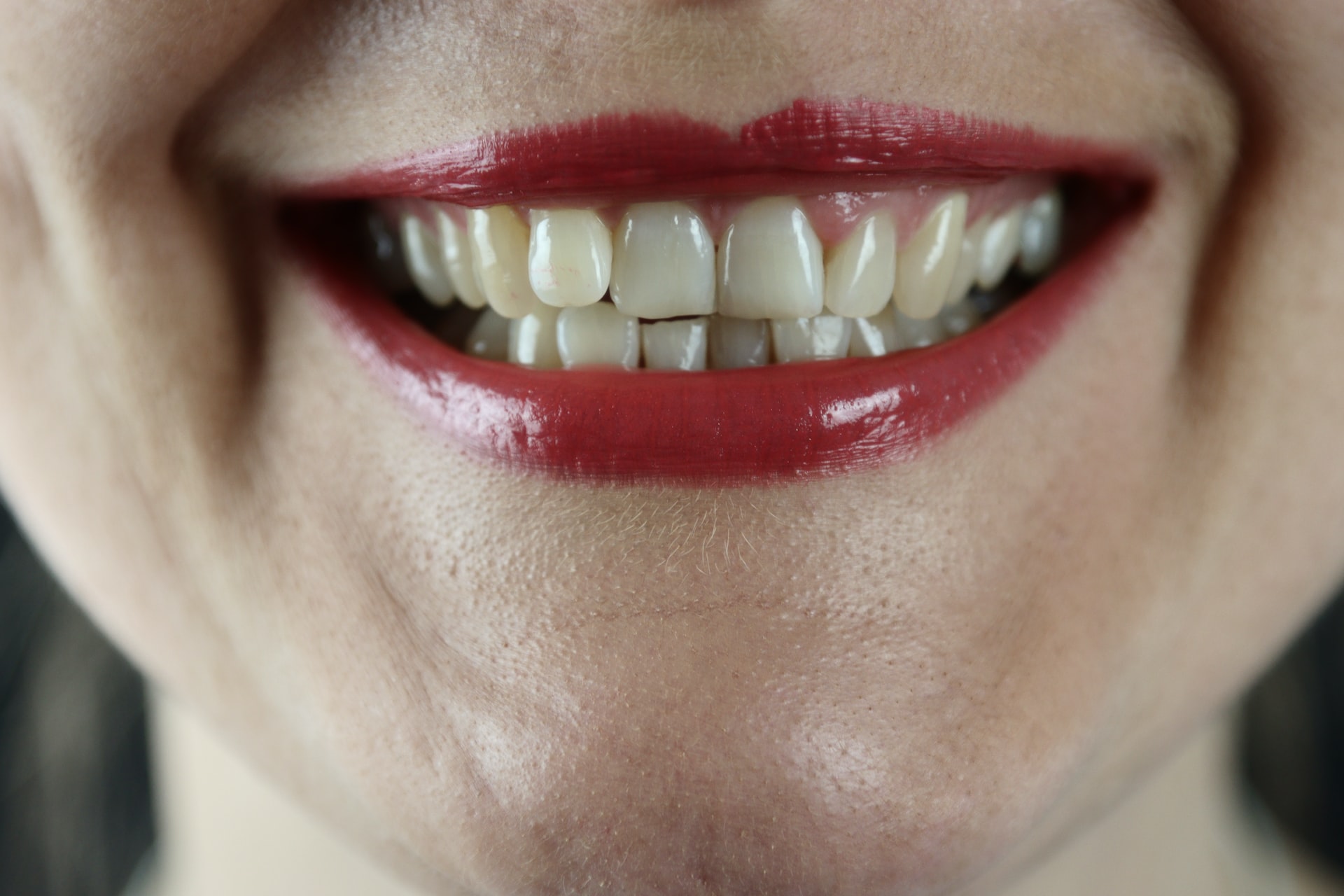
28 Nov Can You Whiten a Dead Tooth?
Teeth can die from traumatic injuries or severe tooth decay. And for many people, a dead tooth can be difficult to come to terms with. Even if a root canal can save a dead tooth from extraction, it will still look dull and discolored.
A dead tooth can be a difficult hurdle when it comes to loving your smile. Fortunately, if the tooth needs to be removed and replaced or professionally bleached, your dentist can help you whiten your dead tooth.
How Do You Know If a Discolored Tooth Is Dead?
Discolored teeth are typically a sign of tooth decay. But oftentimes, a tooth looks discolored because it is dying. Teeth usually die for one of two reasons, either trauma (getting hit in the mouth with a baseball, for example) or tooth decay (enamel erosion, cavities, etc.).
While teeth are very hard on the outside, they are actually very soft and sensitive on the inside. A tooth’s interior, also known as the pulp, is filled with soft tissues, blood vessels, and nerve endings. When the pulp of the tooth is damaged, it can become discolored. The discoloration can range from any shade of yellow, light brown, gray, or black.
Symptoms of a dead tooth include bad breath, a bad taste in the mouth, and tooth pain. It is important to consult your dentist if you are feeling any pain or noticing any swelling. These symptoms could be signs of an infection that is spreading. Catching an infection early keeps it from spreading beyond your mouth and causing severe damage to the rest of your body. Root canals, extractions, crowns, and implants are some of the many options for treating a dead tooth.
Can a Dead Tooth Be Whitened?
Whether or not a tooth can be whitened depends on where the discoloration begins. For healthy teeth, most discoloration comes from surface stains. This makes it much easier to brighten the teeth.
But whitening a dead tooth is more complicated. With a dead tooth, the discoloration comes from the lack of blood flow into the pulp of the tooth.
Because the discoloration is inside the dead tooth’s enamel, it will take a more involved process to get the results you want. Whitening treatments for dead teeth often involve the use of professional-strength bleaches or drilling a small hole into the back of the tooth to insert a whitening agent.
At-Home Whitening Might Not Give You Good Results
A quick internet search for whitening your teeth will bring you to studies promoting the uses of baking soda, hydrogen peroxide, and even certain essential oils at home. And that doesn’t even touch the countless whitening products in the toothpaste aisles of your local store.
When used according to the directions, these products can make impressive changes to the color of your teeth in as little as three weeks. But when it comes to whitening a dead tooth, at-home products aren’t very effective. Over-the-counter whitening products and DIY whitening pastes usually only work on healthy teeth.
In fact, many people complain that the color of a dead tooth gets worse after at-home whitening treatments. However, this is because the dead tooth stays the same color, while the other teeth all get lighter.
Dead Tooth Whitening in Prescott
While home remedies might not give you the color you want, a dentist can. Bringing a dentist in on the conversation about whitening a dead tooth will give you the advantage of getting a smile you are happy with, without the guesswork associated with at-home options. At Hicks Dental Group, our team has the knowledge and skills to give you the bright smile you desire. Contact us today for a consultation on tooth whitening.
Images used under creative commons license – commercial use (11/28/22). Photo by Marek Studzinski on Unsplash.

